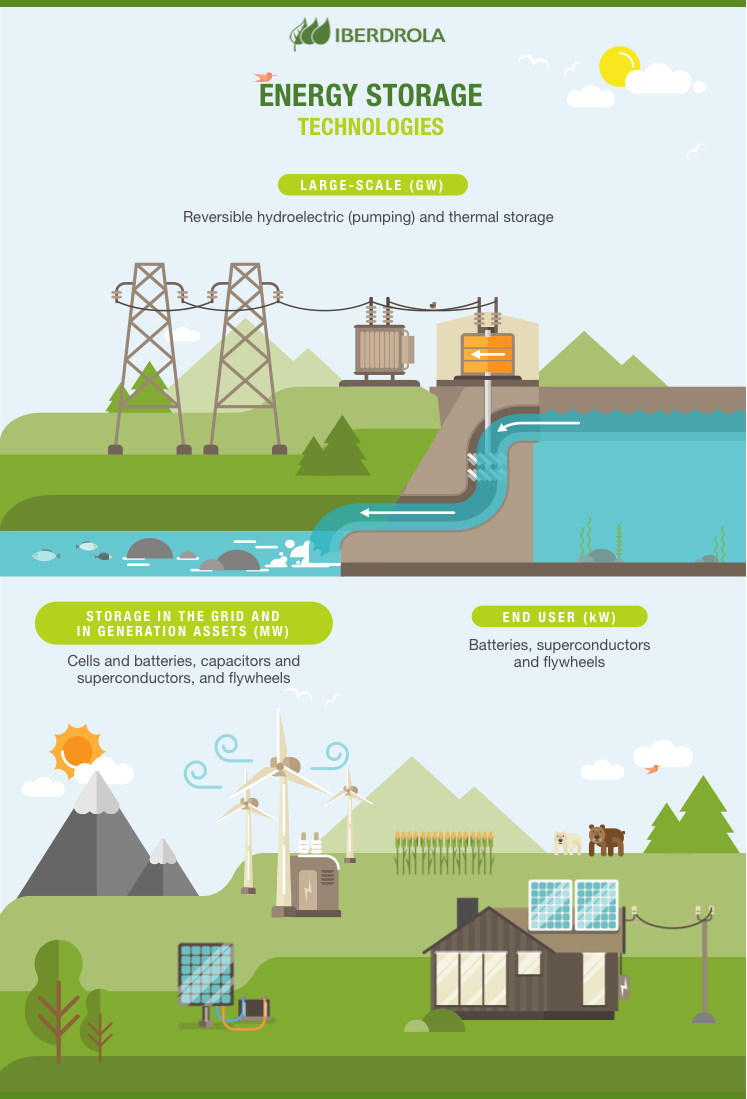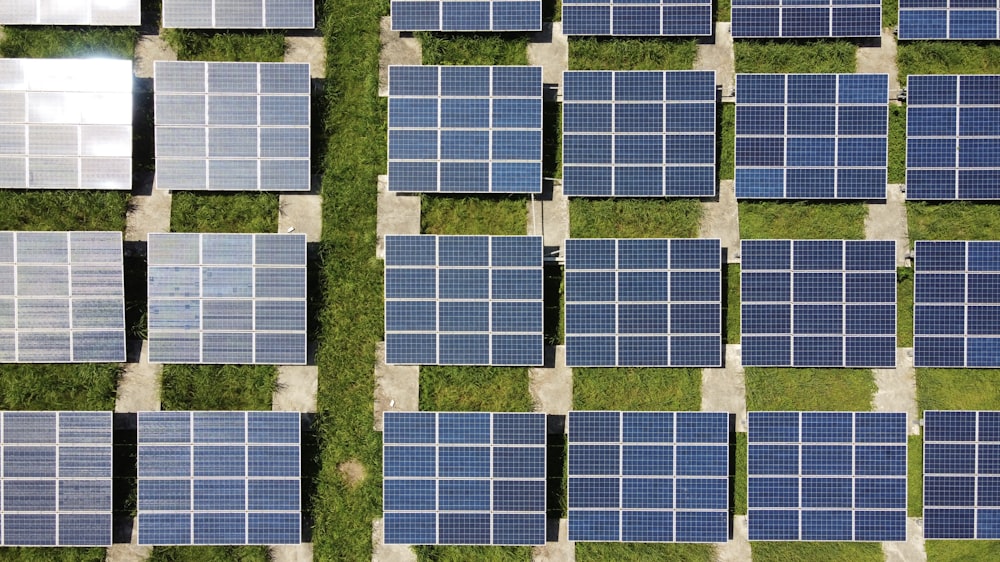Introduction: In a world where technology constantly evolves, connectivity is key. And Samsung understands this better than anyone. Enter the…
Read More

Introduction: In a world where technology constantly evolves, connectivity is key. And Samsung understands this better than anyone. Enter the…
Read More
Mastering the Setup: HomePod Mini Unveiled The Unboxing Experience Unboxing your new HomePod Mini is a moment of anticipation and…
Read More
Renewable Energy Storage System: Powering the Future …
Read More
Smart Grids: Revolutionizing Renewable Energy Smart grids represent a groundbreaking innovation in the field of renewable energy, offering a dynamic…
Read More